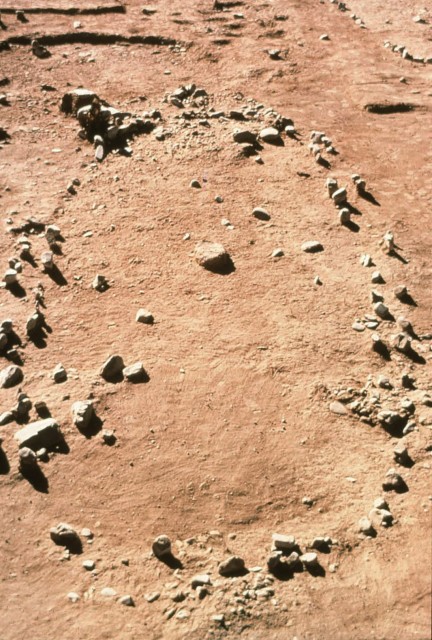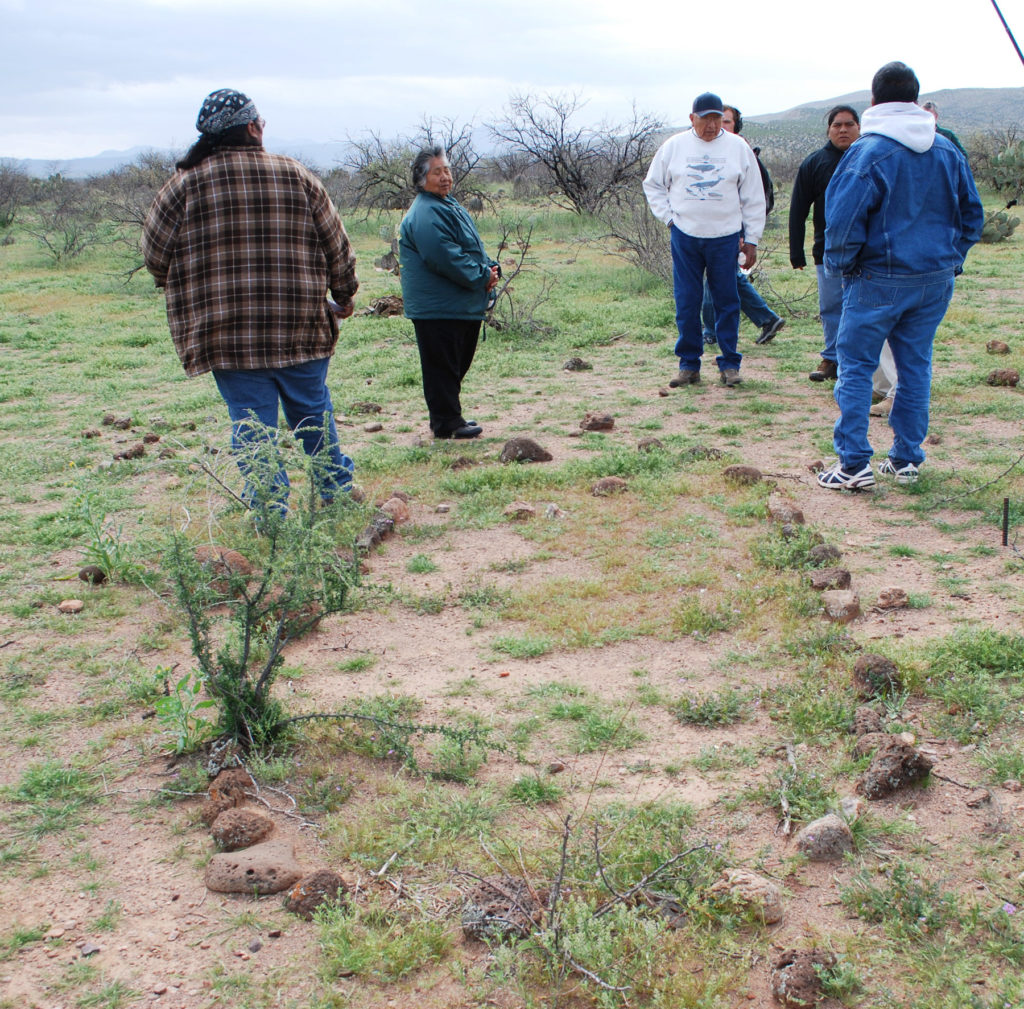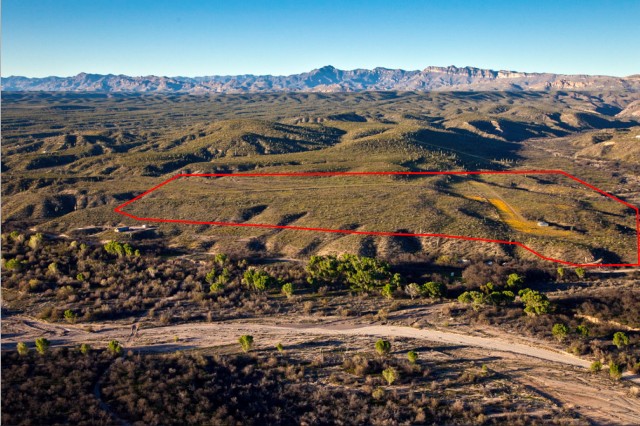- Home
- >
- Preservation Archaeology Blog
- >
- New Site Protection Acquisition: The Taylor Site
(December 21, 2016)—Beginning with a visit in 1692, Padre Eusebio Francisco Kino and various representatives of the Spanish crown traveled on several occasions along much of the San Pedro River within what is now Arizona. They encountered a number of native villages inhabited by people archaeologists call the Sobaipuri, a sub-group within the O’odham who lived in much of present-day Sonora, Mexico, and southern Arizona. Today, descendants of the Sobaipuri live on the Gila River Indian Community and in the San Xavier District of the Tohono O’odham Nation. Kino and Captain Manje, one of his primary companions on subsequent expeditions, estimated that there were upwards of 2,000 people living along the San Pedro River. Several of the villages were notably large such that Kino and Manje mapped them. One of these they called San Salvador de Baicatcan. According to Bolton, Kino’s chief biographer, Kino referred to Baicatcan as the “chief Rancheria,” governed by a Sobaipuri chief named El Coro.

Archaeological interest in the Sobaipuri began with Charles Di Peso and the Amerind Foundation. In the lower San Pedro River valley, Di Peso initially believed that the José Solas Ruin, a portion of which Archaeology Southwest holds a conservation easement on, was the Sobaipuri village of Baicatcan. Subsequent work by Archaeology Southwest (then the Center for Desert Archaeology) concluded that the archaeological features at José Solas could be dated to the mid-1400s but not more recently.
In 2001, however, the Center’s first Preservation Archaeologist, Patrick Lyons, was told about a number of distinctive oval house foundations (see photo) at a large site previously identified on one of the Center’s volunteer-staffed archaeological surveys. Lyons confirmed the presence of the foundations and noted associated Whetstone Plain pottery, both of which are diagnostic Sobaipuri material culture. This site’s location at confluence of Hot Springs Canyon and the San Pedro River roughly corresponds to the location of Baicatcan as described by Kino and Manje. The location and size of the site, together with Spanish artifacts James Vint recovered during excavations of house foundations (see below), have led us to think that this site, known as the Taylor site, might be San Salvador de Baicatcan.
In 2001 Vint began research at the Taylor site, and found that although the Sobaipuri “footprint” was the most extensive (he identified 34 distinct house foundations), the site included other archaeological features that indicated a greater diversity of cultural resources and a time depth of more than 5,000 years. The latter is testimony to the site’s attractiveness to people. A few years after Jim’s initial field research, the owners of the property, Max and Mary Taylor, listed their 130-acre parcel for sale.
Fortunately, the Cascabel Heritage Association (now doing business as the Cascabel Conservation Association [CCA]), which has a strong interest in the environmental and cultural conservation of the middle San Pedro River valley, recognized the property’s significance and pursued conservation buyers. Five CHA/CCA members stepped forward and purchased the property with the intention of conserving most of the property. Soon after acquiring the land, they began discussions with the Bureau of Land Management about selling a conservation easement over the property, which would limit future development. The BLM had begun acquiring land and conservation easements in the area in 1990, and the Taylor site property was within the area they had identified as a priority for conservation.

After a few years of negotiations, land value appraisals, and baseline documentation of the property, BLM acquired a conservation easement that protected the natural and cultural resource values in perpetuity by limiting any future development to three future building sites and allotting some space for community gardening and camping. Those limited areas were on already disturbed areas or portions that the Center had already determined did not include archaeological features or artifacts. A few years later, one of the partners decided to move on, and this time Daniel Baker, another local resident and member of the Cascabel Conservation Association (CCA), stepped forward to form a new partnership with the remaining landowners, Jodi and Brandon Wert, each holding a 1/3 undivided interest in the property.
In 2011, Daniel Baker donated a conservation easement to Archaeology Southwest over 8 acres of his 12-acre residence to protect a portion of the José Solas Ruin. In 2014, Daniel approached Archaeology Southwest about donating his 1/3 undivided interest in the Taylor site. In addition to Daniel’s strong personal commitment to conservation, he believes that Archaeology Southwest will be an important long-term partner for facilitating future research and education on the property, as well as assisting in the long-term stewardship of the property. As he said in his introductory letter, “I am hopeful that in proffering this donation of a third share in Baicatcan [Taylor site] that a partnership between CCA and ASW [Archaeology Southwest] could unfold, and that that partnership could extend beyond the property itself to the mutual enhancement of our conservation visions in the Lower San Pedro River Valley.”

Explore the News
Related to This
-
Page Baicatcan